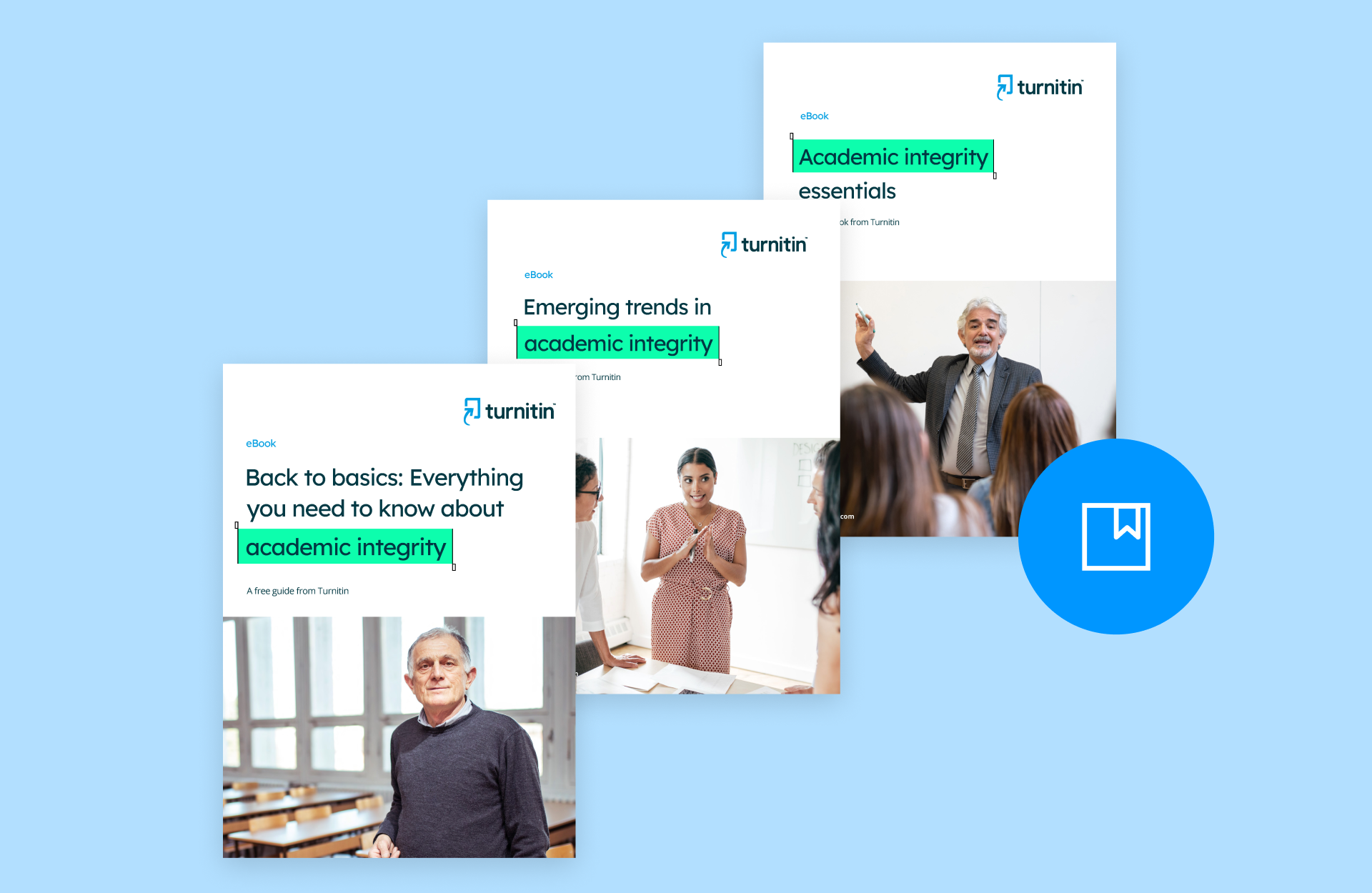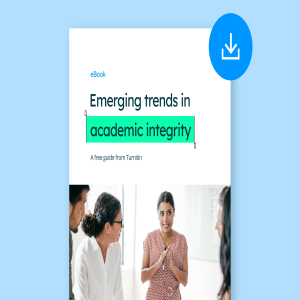Educators know that a robust, dynamic library of resources can increase student learning outcomes. In fact, research from the Association of College and Research Libraries (ACRL) shows that access to a library can notably “improve student retention” and “promote academic rapport and student engagement” (Brown & Malenfant, 2017).
Significant changes to how libraries operate are underway, too, as a result of the pandemic. Christopher Cox on Inside Higher Ed predicts that “[u]nlike our print materials, libraries have seen use of our electronic resources skyrocket. Over the next few years, we will spend more time and money developing our electronic collections.”
Because of this, it is likely that the start of a term brings about a need to build out digital classroom libraries in addition to physical libraries. Resources available digitally for both students and educators can increase accessibility and allow for materials to be utilized and referred to many times over.
With this in mind, our team has curated a collection of our latest eBook resources for use in the classroom and beyond. And whether you’re building your back-to-school library or enhancing your materials mid-term, this eBook bundle is the perfect place to find thoughtful, data-driven resources to uphold academic integrity in your curriculum and at your school.
Educators and administrators can utilize these three eBooks in a variety of ways. Grouped by theme, each eBook provides meaningful information on best practices around creating a culture of academic integrity:
- Our Back to Basics: Everything you need to know about academic integrity eBook covers foundational ideas, supporting the implementation of academic integrity policies that can help to transform assessment into learning.
- With the Emerging trends in academic integrity eBook, educators can more deeply understand how academic integrity is key to an accurate assessment of student knowledge, building awareness around different forms of academic misconduct.
- The Academic integrity essentials eBook rounds out the bundle, with crucial information on the difference between plagiarism and academic integrity, as well as data on how contract cheating impacts the integrity and reputations of students, faculty, and schools.
All three eBooks are high-quality, relevant, and important pieces to add to an academic integrity library. Coupled with meaningful instruction and many of our other Turnitin resources, this collection can support educators in implementing end-to-end assessment with integrity and students on their authentic learning journey.





